Peter, K.V.1855737213, 9781855737211
Table of contents :
Front Matter……Page 1
Contributors……Page 3
Table of Contents……Page 0
001 – B8B6CE2A0D68E77FA4025E08B2ABA4D.pdf……Page 7
1.1 Introduction to Herbs and Spices……Page 12
1.2 Uses of Herbs and Spices……Page 14
1.3 Active Plant Constituents……Page 15
1.4 The Structure of this Book……Page 16
1.5 References……Page 19
003 – 32B5FB6E80F648C91B8725A2236E984B.pdf……Page 20
2.1 Introduction……Page 21
2.2 Classification……Page 22
2.3 Production, Consumption and Processing……Page 23
2.4 Functional Properties……Page 25
2.5 Sources of Further Information……Page 31
3.2 Barriers to the Use of Herb and Spice Essential Oils as Antimicrobials in Foods……Page 32
3.3 Measuring Antimicrobial Activity……Page 33
3.4 Studies in Vitro……Page 36
3.5 Applications in Food Systems……Page 37
3.6 Mode of Action and Development of Resistance……Page 42
3.9 References……Page 44
4.1 Introduction……Page 51
4.2 Types of Assay……Page 52
4.3 Throughput vs. Content Assays……Page 54
4.5 Screening Bio-Active Compounds……Page 55
4.6 Screening Experiments for Anti-Inflammatory Properties……Page 56
4.7 Future Trends……Page 59
4.9 References……Page 61
5.2 Sweet Flag……Page 63
5.3 Greater Galangal……Page 70
5.4 Angelica……Page 74
5.5 Horseradish……Page 79
5.6 Black Caraway……Page 82
5.7 Capers……Page 84
5.8 Asafoetida……Page 87
5.9 Hyssop……Page 91
5.10 Galangal……Page 93
5.11 Betel Vine……Page 95
5.12 Pomegranate……Page 99
5.13 Summer Savory……Page 101
5.14 Winter Savory……Page 104
5.15 Other……Page 105
5.16 References……Page 108
007 – F548F75BCF8D1C541D7279C437C8AC0.pdf……Page 114
6.2 Production……Page 115
6.3 Cultivation……Page 116
6.4 Chemical Structure……Page 117
6.5 Main Uses in Food Processing……Page 119
6.6 Functional Properties and Toxicity……Page 120
6.7 Quality Issues……Page 121
6.8 References……Page 123
7.1 Introduction and Description……Page 125
7.2 Production and Trade……Page 127
7.3 Chemical Composition……Page 128
7.4 Cultivation……Page 133
7.5 Uses……Page 139
7.6 Functional Properties……Page 140
7.7 Quality Issues and Adulteration……Page 142
7.8 References……Page 146
8.1 Introduction and Description……Page 148
8.2 Cultivation and Production Technology……Page 149
8.3 Uses……Page 151
8.4 Sources of Further Information……Page 152
9.1 Introduction and Description……Page 153
9.3 Chemical Composition……Page 154
9.4 Cultivation and Post-Harvest Practices……Page 155
9.6 Diseases, Pests and the Use of Pesticides……Page 157
9.7 Quality Issues……Page 159
9.8 Value Addition……Page 165
9.10 References……Page 167
Appendix I……Page 168
Appendix II……Page 169
10.2 Chemical Composition……Page 170
10.3 Production and Cultivation……Page 171
10.4 Main Uses in Food Processing and Perfumery……Page 174
10.5 Functional Properties……Page 175
10.6 Quality Issues and Adulteration……Page 179
10.7 References……Page 181
11.2 Chemical Composition……Page 187
11.3 Production……Page 188
11.4 Uses in Food Processing, Perfumery and Paramedical Spheres……Page 190
11.5 Functional Properties and Toxicity……Page 191
11.6 Quality Issues and Adulteration……Page 196
11.7 References……Page 198
12.1 Introduction and Description……Page 204
12.2 Chemical Composition……Page 206
12.3 Production and Cultivation……Page 208
12.4 Uses……Page 209
12.5 Properties……Page 210
12.7 References……Page 212
13.1 Introduction and Description……Page 214
13.2 Chemical Structure……Page 215
13.3 Cultivation……Page 216
13.4 Main Uses in Food Processing……Page 217
13.5 Functional Properties and Toxicity……Page 218
13.6 Quality Specifications and Adulteration……Page 220
13.7 References……Page 222
14.1 Introduction and Description……Page 223
14.2 Chemical Structure……Page 224
14.3 Production and Cultivation……Page 227
14.4 Main Uses in Food Processing and Medicine……Page 230
14.5 Functional Properties……Page 231
14.6 Quality Specifications and Commercial Issues……Page 233
14.7 References……Page 234
15.1 Introduction and Description……Page 238
15.2 Chemical Composition……Page 240
15.3 Production and Cultivation……Page 241
15.4 Organic Farming……Page 243
15.5 General Uses……Page 246
15.6 Essential Oils and their Physicochemical Properties……Page 247
15.7 References……Page 249
16.1 Introduction and Description……Page 251
16.2 Chemical Composition……Page 252
16.3 Production and Cultivation……Page 253
16.4 Post-Harvest Technology……Page 254
16.5 Uses……Page 256
16.6 Toxicology and Disease……Page 259
16.8 References……Page 260
17.1 Introduction……Page 264
17.2 Chemical Composition……Page 267
17.3 Production……Page 276
17.4 Processing……Page 283
17.5 Uses……Page 287
17.6 Future Research Needs……Page 291
17.7 References……Page 292
18.1 Introduction, Morphology and Related Species……Page 298
18.2 Histology……Page 300
18.3 Production and Cultivation……Page 301
18.4 Main Uses……Page 302
18.5 References……Page 303
19.1 Introduction……Page 305
19.2 Chemical Structure……Page 306
19.3 Production……Page 311
19.4 Main Uses in Food Processing……Page 314
19.5 Functional Properties and Toxicity……Page 318
19.6 Quality Specifications and Issues……Page 321
19.7 References……Page 326
20.1 Introduction and Description……Page 330
20.2 Production and Trade……Page 333
20.3 Cultivation……Page 334
20.4 Harvesting, Yield and Post-Production Activities……Page 338
20.6 Vanilla Products……Page 346
20.8 Quality Issues and Adulteration……Page 348
20.9 Improving Production of Natural Vanillin……Page 354
20.10 Future Outlook……Page 356
20.11 References……Page 357
A……Page 362
C……Page 364
E……Page 366
G……Page 367
L……Page 368
N……Page 369
P……Page 370
S……Page 371
V……Page 373
Z……Page 374
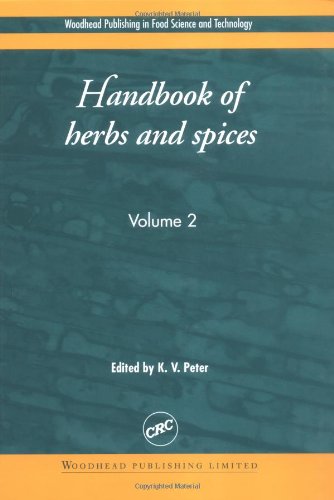
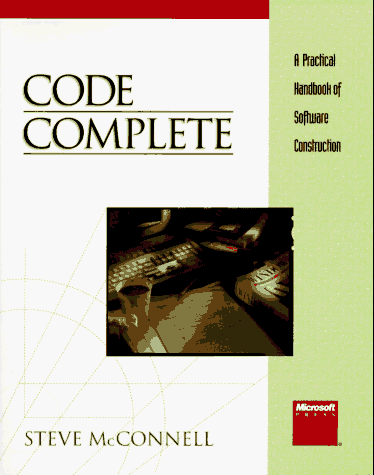
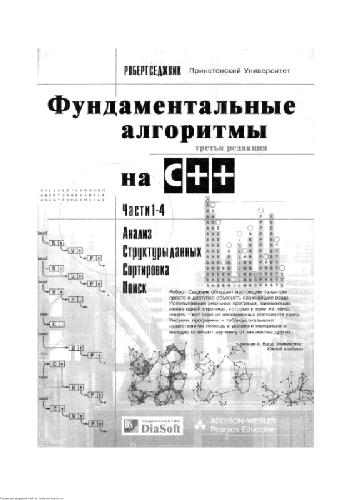
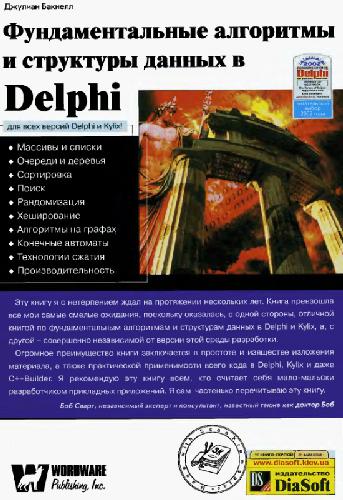

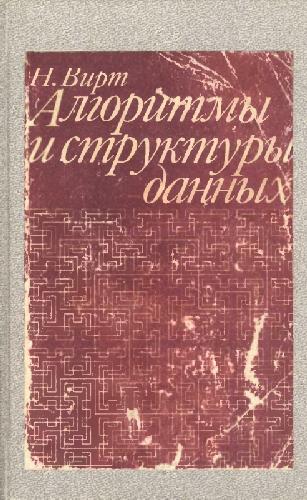
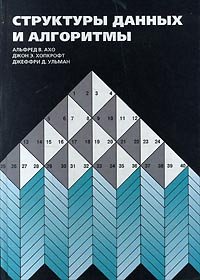
Reviews
There are no reviews yet.